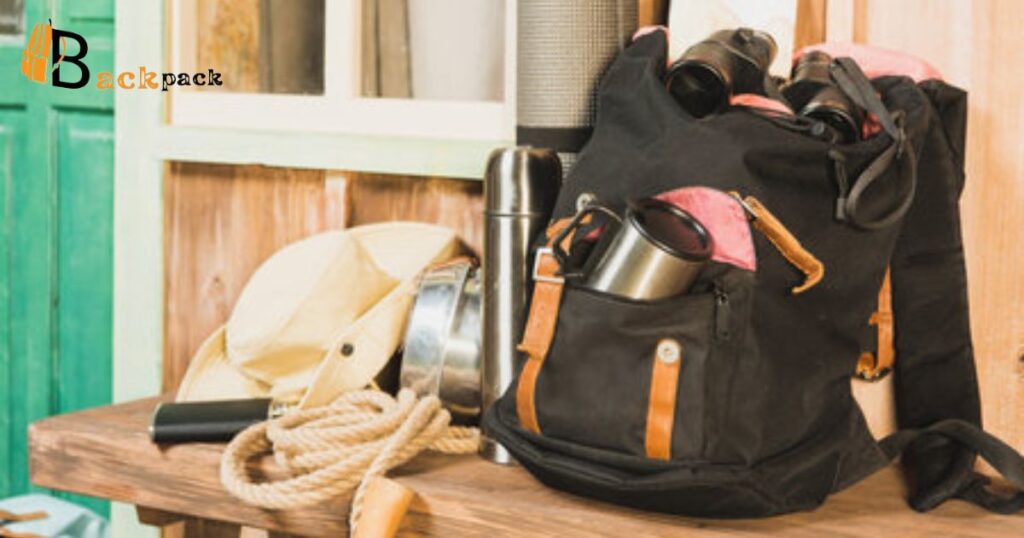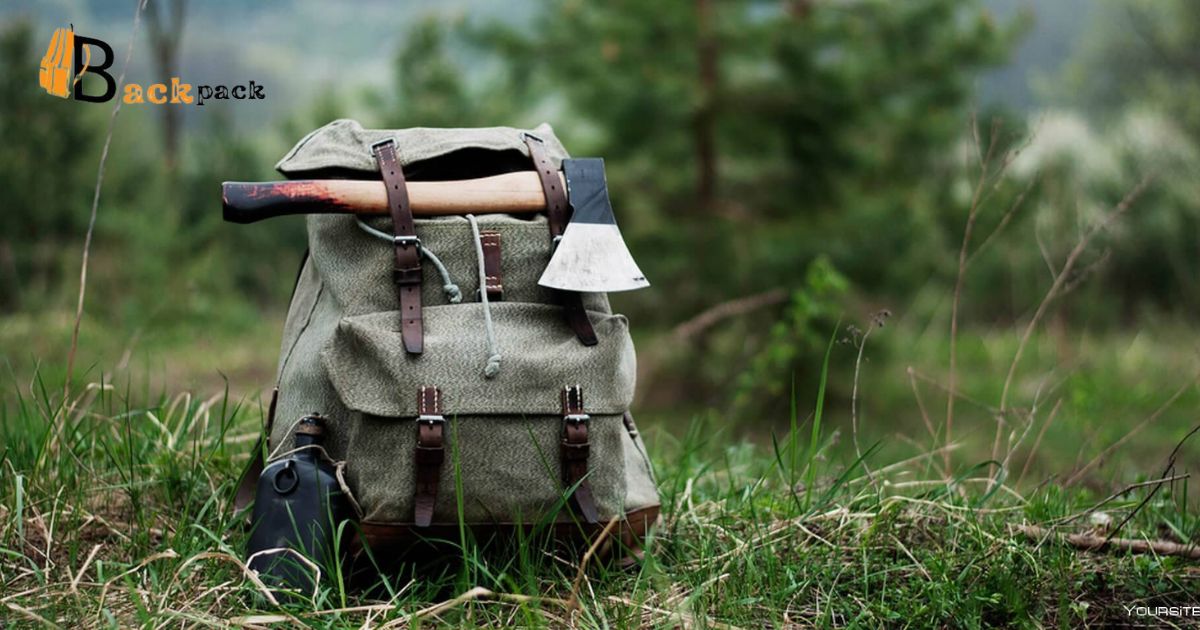When confronted with an aging backpack explore options for giving it a new purpose. Repurpose it as a gardening companion efficiently storing your tools during outdoor tasks. Alternatively contribute to local charities or schools by offering it as a dependable bag for someone who could benefit.
Ever wondered what to do with an old backpack? Its time to turn that forgotten bag into something extraordinary Explore creative ways to repurpose it for a meaningful cause or transform it into a trendy accessory. Lets embark on a journey of discovery into that old backpack because who knew one simple item could offer so many Convenience.
If you find yourself with an old backpack consider repurposing it for various practical uses. Transform it into a gardening tool carrier giving it a second life to hold small tools and supplies.
Alternatively donate it to a local charity or school where someone in need might benefit from its use. Upcycling or passing it along can be a simple and meaningful way to make the most of your old backpack.
Evaluation Of Backpack Condition
Regularly evaluating the condition of your backpack is essential for optimal performance. Check key components such as zippers straps and seams for any signs of wear or damage. Promptly addressing issues like stitching or zipper problems can prevent further deterioration.
This proactive approach ensures your backpack remains durable and reliable throughout its lifespan. By conducting routine assessments you not only extend the longevity of your backpack but also enhance its functionality making it a dependable companion for all your activities.
Finding local Recycling Centers
Discovering local recycling centers is easy in the digital age. Utilize online search engines or specialized apps to quickly locate the nearest centers in your vicinity.This will identify your nearest recycling center and you will easily reach the recycling center.And from here you can get your old bag repaired easily.
How Do Repair Old Backpack By Hand?
Heres a simple table providing an overview of how to repair an old backpack by hand
| Step | Task |
| 1 | Assessment: Examine backpack for damage, including tears, loose straps, and zipper issues. |
| 2 | Gather Materials: Collect a needle, strong thread, fabric glue, and any necessary replacement parts like buckles. |
| 3 | Clean Area: If needed, clean the damaged area to ensure better adhesion of glue or stitching. |
| 4 | Stitching Tears: Use a needle and strong thread to sew up any tears, reinforcing weak spots. |
| 5 | Strap Repair: Reattach or reinforce loose or frayed straps using stitching or replacement parts. |
| 6 | Zipper Fix: Lubricate or replace the zipper, ensuring it functions smoothly. |
| 7 | Final Check: Inspect the entire backpack to ensure all repairs are secure and durable. |
This table offers a basic guide for repairing an old backpack by hand outlining essential steps for a DIY approach.
Top of Form
Tools Required
Sewing Machine
A mechanical or electronic device used for stitching fabrics together. It can be handy for quickly and efficiently sewing seams and making repairs.
Needle and Thread
Basic hand sewing tools. Needles are used to push thread through fabric and thread is used to stitch and repair damaged areas.
Fabric Scissors
Specialized scissors designed for cutting fabric. They have a sharp precise edge to make clean cuts without fraying.
Seam Ripper
A small tool with a sharp point used for cutting and removing stitches. It helps in undoing seams and allows for careful removal without damaging the fabric.
Pins and Pin Cushion
Straight pins hold fabric pieces together before sewing. A pin cushion keeps them organized and easily accessible.
Iron and Ironing Board
Used to press and flatten fabric. It helps set seams and ensures a neat and professional looking finish.
Fabric Glue
An adhesive specifically designed for fabrics. It can be used to bond fabric layers together when sewing isn’t practical.
Patch Material
Extra fabric or specialized patches used to cover and reinforce areas of a backpack that may be worn or torn.
Awl
A pointed tool used for making holes in fabric. It can be useful for creating openings for new stitches or repairing minor damage.
Thimble
A protective covering for the finger used during hand sewing. It prevents the needle from piercing the skin and provides better control when pushing the needle through tough fabrics.
How Can I Reuse Old Backpack?

A new gym bag
- If you have an old backpack lying around dont toss it aside repurpose it for your gym routine Transform your old backpack into a convenient gym companion by loading it with essentials like a water bottle a towel and your workout gear. The various compartments can keep your belongings organized and you can even use the straps to secure a yoga mat or resistance bands.
Storage
- Give your old backpack a new purpose by using it for storage solutions Whether its extra clothes seasonal items or accessories your backpack can become a handy storage unit. Utilize its pockets to keep small items organized and use the main compartment for bulkier belongings.
Hang it on a hook or store it in a closet for easy access to your stored items. Repurposing your old backpack is not only practical but also a creative way to maximize storage space.
Donation
- Repurpose your old backpack for a good cause by turning it into a donation bag. Fill it with gently used clothes non perishable food items or other essentials and donate it to a local charity or homeless shelter. Your old backpack can become a valuable resource for someone in need providing them with both practical items and a gesture of kindness.
Give your backpack a new purpose by making it a vessel of generosity and compassion through thoughtful donations.
Extra luggage
- Give your old backpack a new adventure by using it as extra luggage for your travels. Maximize space by filling it with items like shoes toiletries or even a spare change of clothes. The compact size makes it a convenient carry on or an extra bag for souvenirs.
Your old backpack can now be a practical and eco friendly solution for those times when you need a little extra space during your journeys.
Hanging garden
- Revitalize your old backpack by turning it into a hanging garden solution Fill the backpack with soil and your favorite plants making sure to choose ones that thrive in hanging conditions. Hang the backpack on a sturdy hook or railing in your garden or balcony creating a unique vertical garden.
Water the plants regularly and watch your old backpack bloom with vibrant greenery adding a touch of nature to your outdoor space.
Frequently Asked Question
what should i do with old backpacks?
Repurpose old backpacks for storage donate or transform them into gym or travel bags for a sustainable reuse.
How do you recycle old backpacks?
Donate old usable backpacks to charities recycle worn out ones through local textile programs or repurpose them for DIY projects.
What recycled materials are used in backpacks?
Recycled backpacks commonly use materials like recycled PET bottles and recycled nylon or polyester.
What are recycled bags used for?
Recycled bags are used for shopping and carrying items offering an eco friendly alternative to plastic bags.
How do you recycle reuse plastic bags?
Recycle plastic bags at designated store bins and reuse them for tasks like lining trash cans or organizing items at home. Remember to reduce single use plastic by using reusable bags.
Final Thought
Repurposing an old backpack is a simple and eco friendly way to extend its usefulness. From becoming a handy gym bag for workout essentials to transforming into a unique hanging garden the possibilities are diverse. Consider using it for clever storage solutions or donating it to those in need.
By thinking creatively we not only reduce waste but also contribute to sustainable practices. So before discarding that old backpack explore the myriad of ways it can be reinvented to serve new purposes making a positive impact on both the environment and our daily lives.











